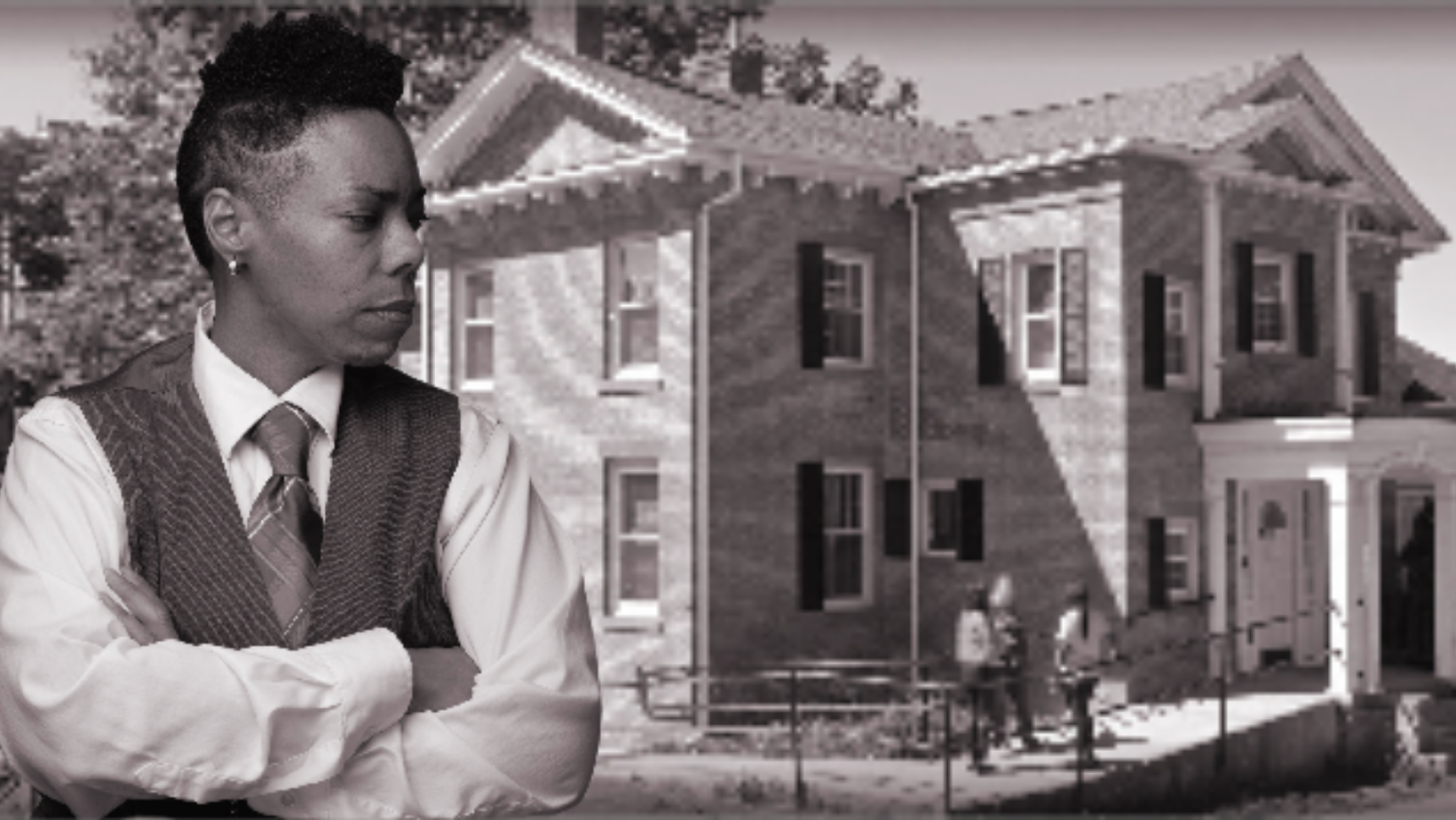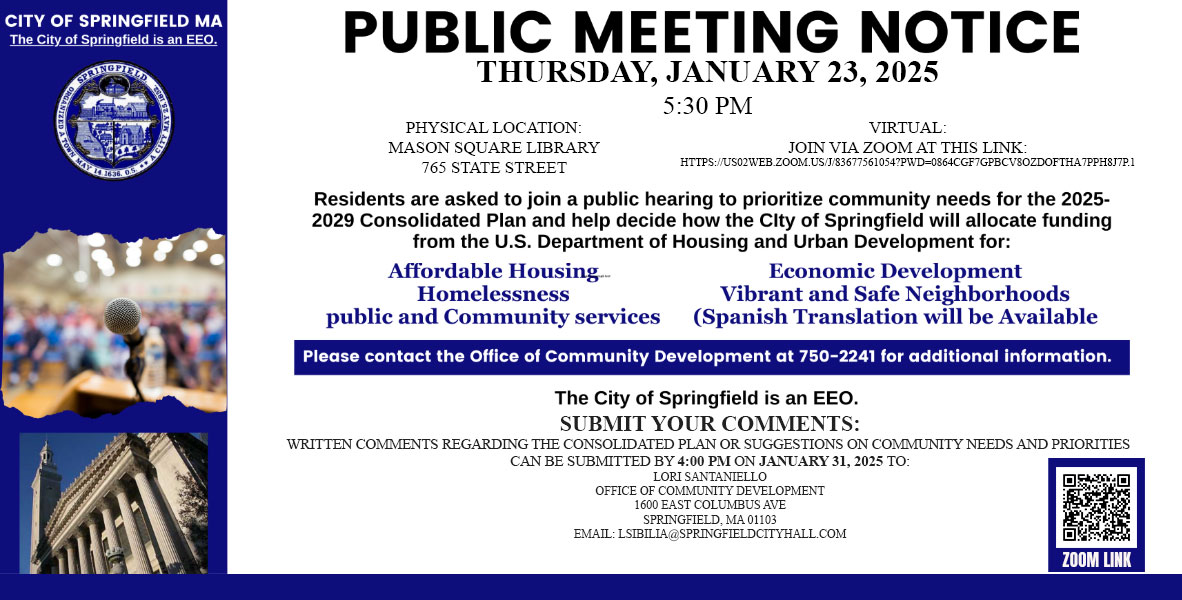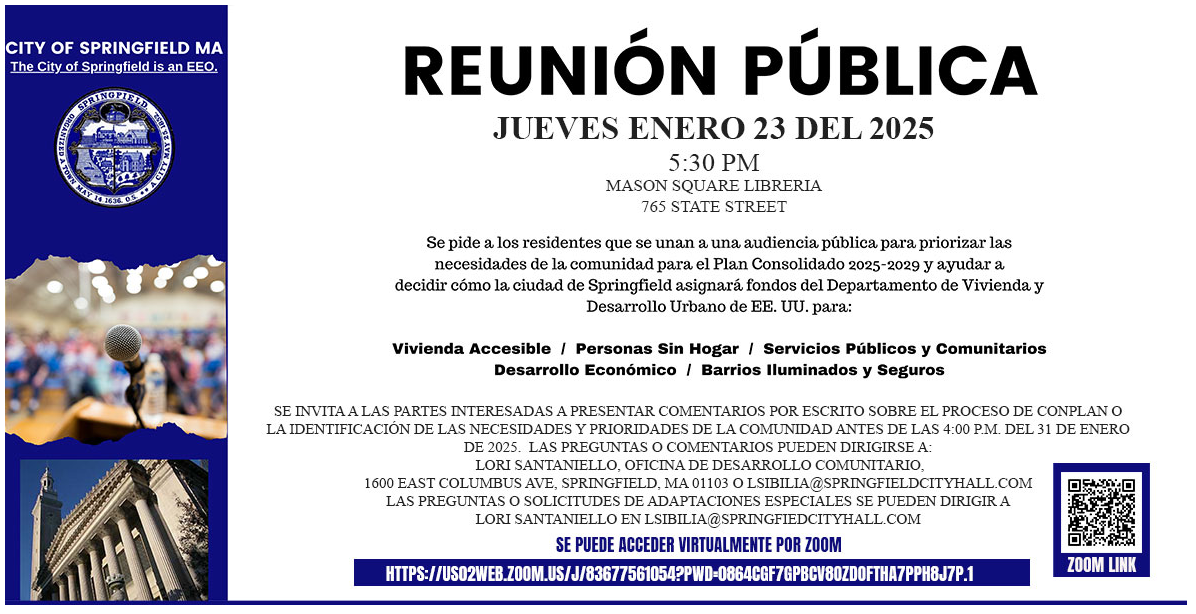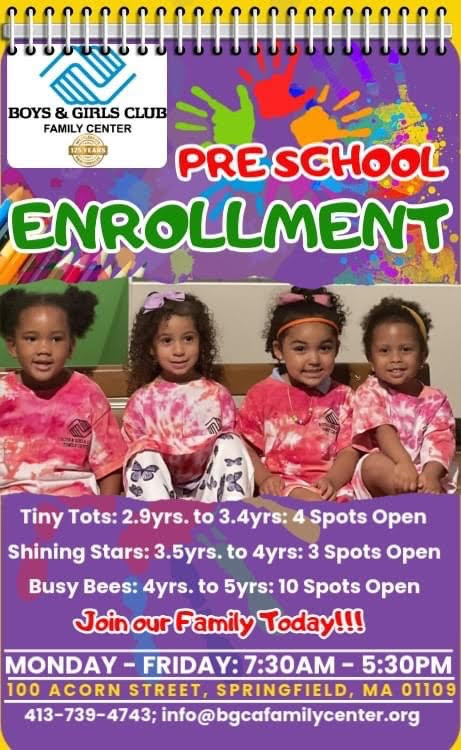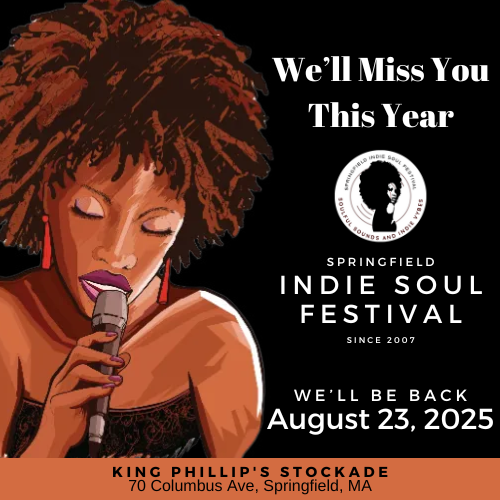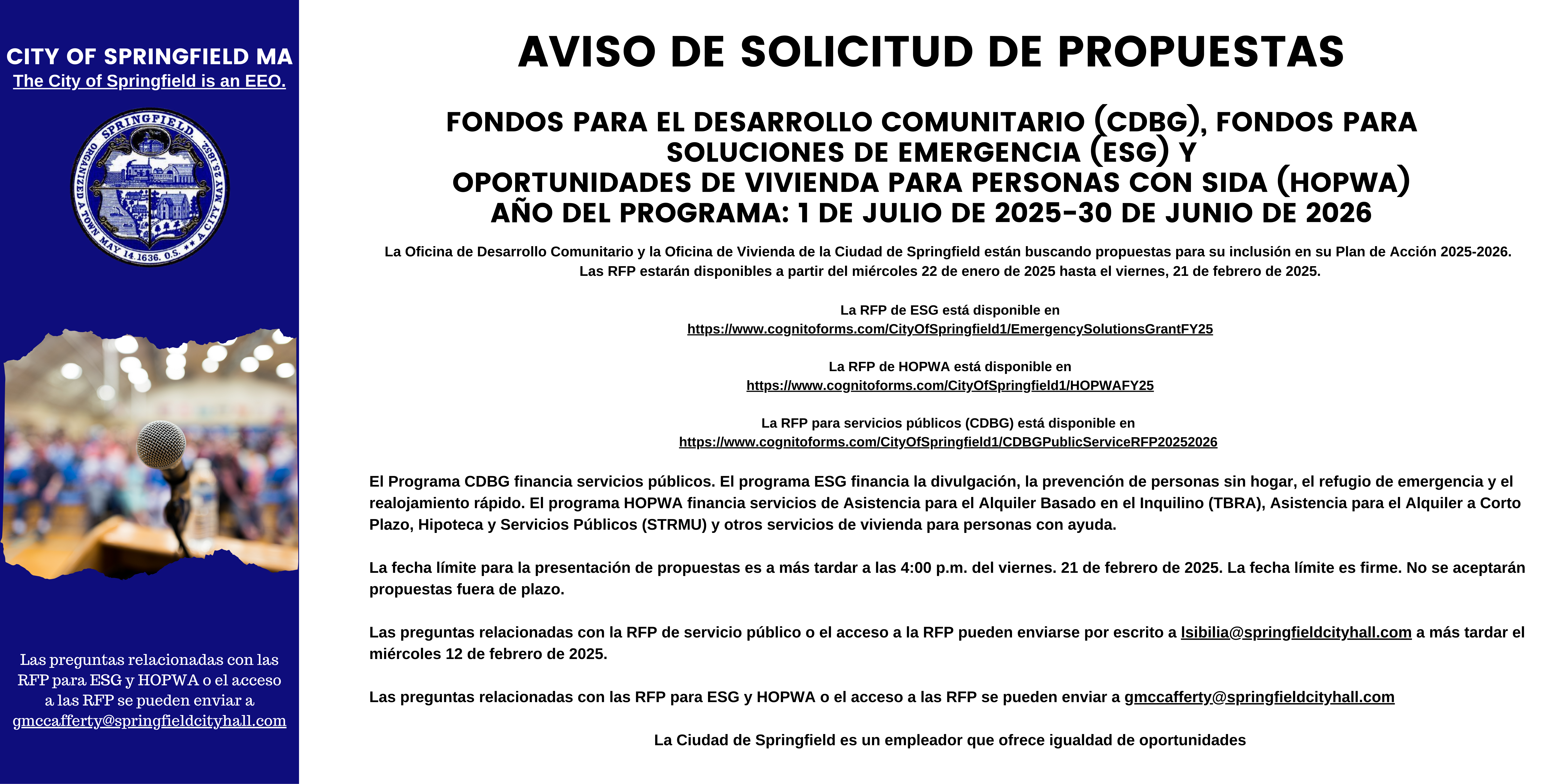
The television show The Wire on October 10, 2004, depicted a plan called “Hamsterdam” in which police let people sell drugs in isolated places, and only those places, without fear of arrest. Over the years, community members and law enforcement alike have often wondered what would happen if that had ever happened in real life.
Drugs have been a core concern of American law for at least the past half-century. During that time, drug use and the “war on drugs” have played central roles in this nation’s politics, culture, public policy, and the daily lives of millions of its people.
The City of Springfield seems to have its variation of “Hamsterdam,” just 2 minutes’ driving distance from the Springfield Police Department, the Parent Information Center, the City of Springfield Department of Health, The Department of Children and Families, and the MGM Casino.
Residents, business owners, parents o shifted. Arena says there are challenges; there’s the drug use, the paraphernalia, and the violence that comes with it all. For example, we had to replace our fence; actually, the fence had to be repaired three times before being replaced. Arena says she and her staff came to a point where she said to herself, OK, I can’t do this anymore because people were cutting out pieces of the fence because apparently, they used elements of the fence to clean their pipe.
ARISE is an organization to meet the people where they’re at and assist and teach them to navigate the process; we are not here to call the police on the people we have committed to serving. Instead, our role is to create harm reduction models to figure out how to do this more safely.
Arena says the approach to change is going to the source and asking the people to help us to help you. One of the individuals was like, what if you just like had these pieces, like in a basket? I’m like. OK, so when we took the fence down, We actually cut little pieces and put them out in a basket, and then that quickly disappeared, but it’s like the cost of just doing business (cause a nonprofit is a business) is extra because of the outside.
I have people who are coming in with their children. Who is experiencing horrific situations as it is, and how many people don’t want to come here because they don’t feel safe? And how many people struggling with addiction want to change that situation but won’t come to our building because of what the area looks like and how triggering it is for potential relapse.
We’ve had people who used to come into ARISE on State Street who will not come to our new location because that is where they used to buy their drugs and engage in those activities. And again, this isn’t even a conversation about people, just totally stopping the use of drugs, or like we’re going to call the cops, and that’s going to fix the situation because I don’t feel that over-policing is going to change this situation.
We’re looking at trauma as a gateway drug. Why are people using? Because other things are happening that prompt them to escape their reality, we need to examine what in that reality creates the conditions where people need to use drugs. How can these things exist in this way, out in public, without any changes? These are the things that are happening in this specific location.
I’m a Timex; I take a licking and keep on ticking, but the way I’m ticking looks like I’m using drugs, selling my body (and that’s not to shame anybody for sex work) because we’ve got to look at that. It’s like sex work gives a soul a place to stay. It puts money in their pocket. These are the kinds of things folks are trying to survive, so the lifestyle becomes a necessity.
These are survival tactics; people are trying to survive. So why are people going to drug use anyway? And if we look at that as a natural response to white supremacy and racism, I’ve got to contort myself to systems that never meant for me to thrive.
How am I doing that? Oh yeah, I’m going to get high because I’m going to think about these rotten things that have happened to me, and there is no respite because if I go home and I talk to the black mom or the grandma, they might say you got to go to church and pray to white Jesus, and that’s going to make it better. But then when I go into the church, you know all the church folks were like, she’s on that stuff. So I’m not going to go in that space, but he doesn’t judge me when I see the dope man. There’s no judgment. He’ll give me something that gets me away from the things that are destroying my soul.
The building across the street. I swear that’s the Carter, and for the people that don’t know, that’s a reference to New Jack City. I see there’s a big problem and again there are families with children who live in this building. Can you imagine the things they’re seeing? Addicts look like zombies walking up and down the street, negatively impacting our young people. There are studies about this; when you experience trauma, it stunts your intellectual and emotional growth. If I am a child getting off the school bus in this community, I see people getting high or buying drugs. There’s violence, people boldly walking around with a gun in broad daylight. I wouldn’t want to have my children in this space; however, if this is the space that I have to be in, then I have to ask, why is it that way? And why isn’t something being done if I am paying my taxes? You know these things matter, and I shouldn’t have to move because that doesn’t change the problem that’s taking place.
There is no existing system designed to adequately address what is happening in black and brown communities; that’s a big picture problem.
Can we have this approach where we’re funding programs and services and what that looks like, and the ability to get funding for the organizations that are actually doing this work without making us jump through hoops?
There are situations when people come in who work with BHN and CHD, and they’re like, well, I can’t go to BHN or CHD because, you know, I got upset once about something, so I’m banned. It’s like; but, they’re doing case management, so it’s like, OK, I can’t get access to my mental health because I’m acting out my trauma, which you would think in a mental health place, they would be able to understand this person is acting out their trauma. Thus the cycle continues. Then we have to look at the racialized pieces of how we’re even dealing with trauma and trauma-informed care.
Because trauma in our communities looks different, it does look like anger. We have reasons to be angry. Tragically, the majority of the clinicians in that system operate in whiteness; they don’t see us like that. Nope, you can’t come here, but I need to come here because I am struggling through my trauma.
The real work is about dismantling this stuff and helping people where they’re at, right? So if you could put a little police box across from the casino, can we put a little mental health servicing box somewhere on School and High Street?
In a city like Springfield, where a real-time “Hamsterdam” exists off the record, change, real change is operating outside the box to meet the folks who exist and live outside the perimeters of what is considered “a normal life.”
